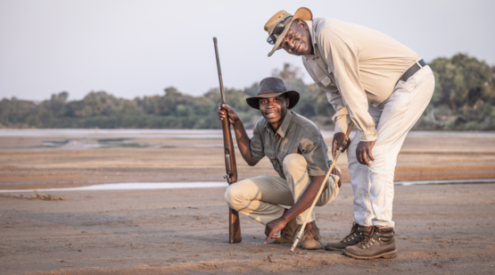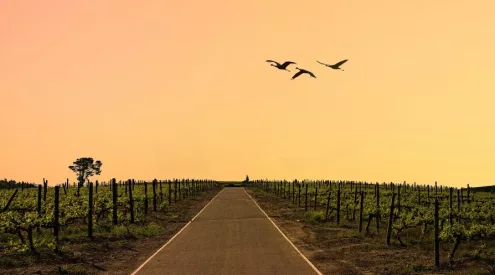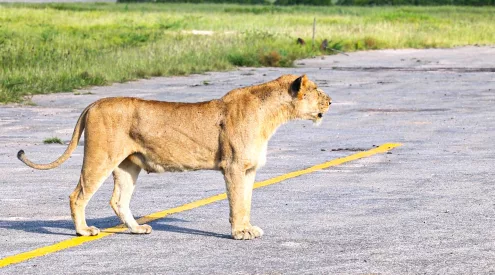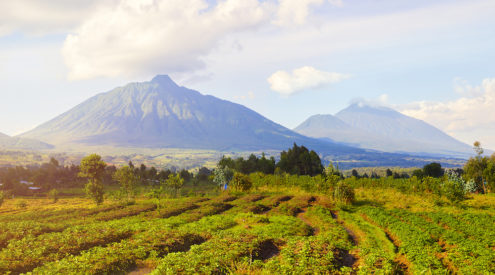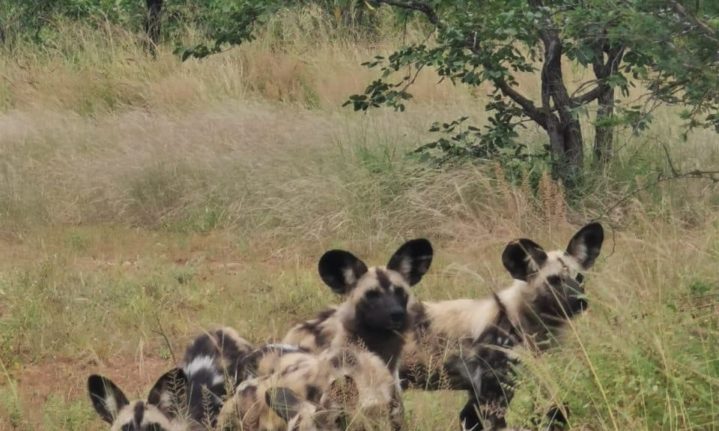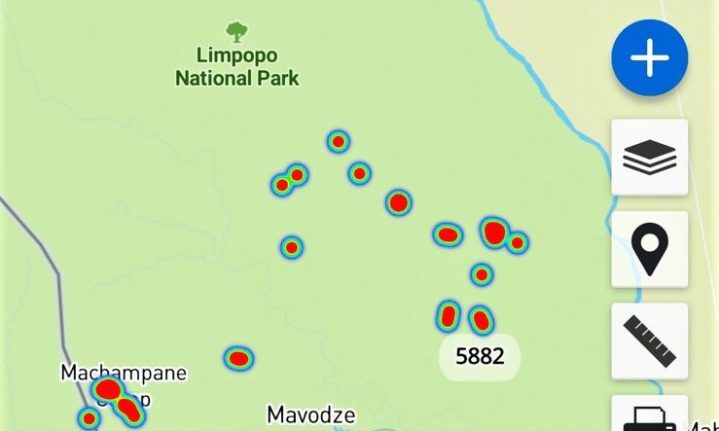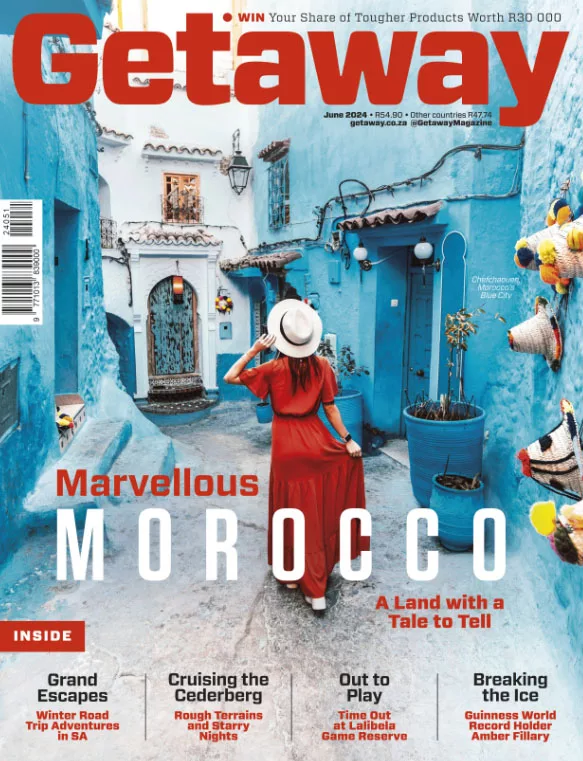In the realm of conservation, ‘biodiversity hotspots’ are signs of hope. They are areas of unique species richness which, if protected, bring exceptional benefits to nature that we can’t replicate or replace.
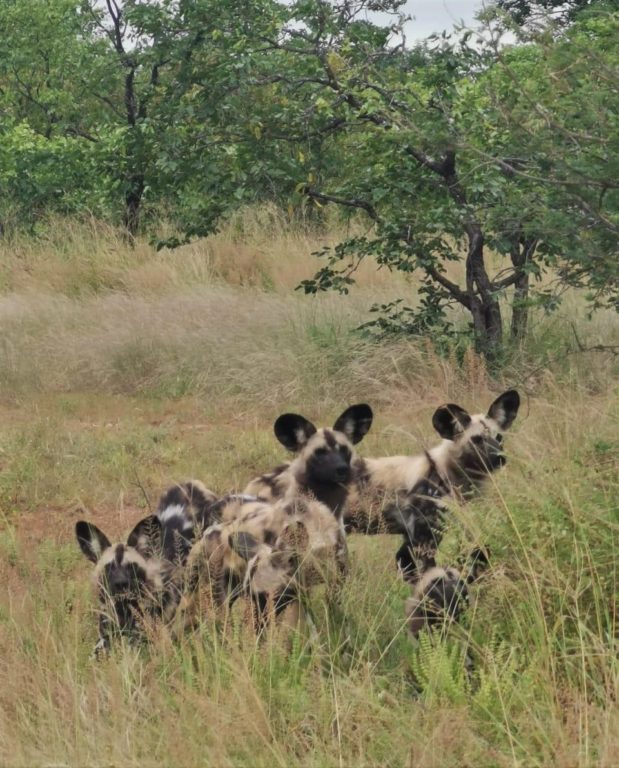
Picture supplied
The hotspots now lighting up heat maps in Mozambique’s Limpopo National Park are a promising message from nature as warm glows show that African wild dogs have arrived! This information is as precious as it is exciting because it represents a shift from what was once a high-risk habitat to a new safe space for these animals that are choosing to move to the park. To any game-viewer, coming upon a pack of wild dogs is a thrill – as predators go, they have become thin on the ground, even in Africa’s protected areas. Also known as the painted dog, this is one of Africa’s most endangered mammals, with only 7 000 thought now to remain across their vastly reduced ranges. But here in Limpopo National Park, visitors and rangers are increasingly spotting them, and the data marks every move.
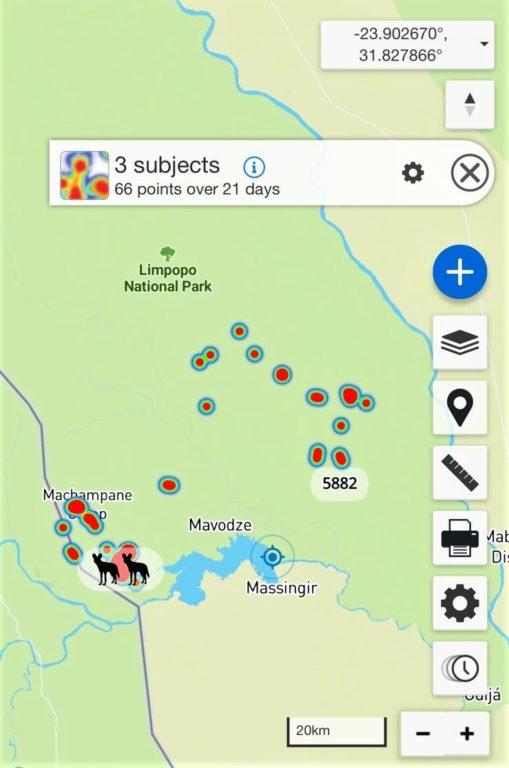
There are currently two packs, each of which certain animals have been fitted with satellite tracking collars by the Endangered Wildlife Trust and Contemplate Wild, with funds from the Boucher Legacy Foundation. The data collected from these tracking devices show they have slowly been moving deeper into Limpopo from Kruger National Park. Amazingly, this also means travelling from South Africa to Mozambique – an impressive transfrontier crossing far from an idle, incidental wander! Environmentally, something has changed to persuade these wild dogs that the grass is much greener on the other side. The change is a human one. Bruce Missing is head of the counter-poaching unit in Limpopo National Park. He and his unit have the unenviable task of securing and protecting areas where human-wildlife conflict is particularly prevalent… Unsurprisingly, this comes with certain pre-conceptions too of “a bunch of tough lantern-jawed lads running through the African bush,” he half-jokes. In reality, they must protect wildlife in the many active and interactive ways known to improve their survival – a vital unit responsibility. But this cannot entirely define their job or how well they do it.
As much as work demands resilience and strategy when working in the field and an ability to relate and educate when working with communities, it also calls for incredibly close attention to detail and a deep understanding of the species they aim to protect: their abundance, vulnerabilities, behaviour and role in the ecosystem. ‘One of the most accurate ways to assess the success of conservation efforts within a given landscape – and whether ecosystems are bouncing back – is to measure how well that area is sustaining apex predators, like wild dog,’.
Seeing the two Limpopo packs hunt successfully guarantees they aren’t struggling for hearty meals. It’s a reliable sign that a species widely threatened by and extremely sensitive to human activity can grow in numbers and thrive here. As ecosystem shifts go, this marks a momentous one in a world where survival is so tough. Throughout Africa, wild dogs have been victims of persecution.
In places, they are shot and poisoned by farmers who often blame them when a leopard, lion or hyena kills livestock. To compound this, livelihood challenges faced by local people and poor land management practices create an environment for poaching to flourish. They are often also the unintended victims of snares that poachers set to catch ‘bushmeat’ to trade. Alongside these risks, they are losing their living spaces. Habitat fragmentation – the pulling apart and degrading of wild dogs’ natural ranges – increases human-wildlife conflict. With human populations ever-expanding, bringing with them agriculture, settlements, and roads, wild dogs are losing the areas and ‘walkways’ through which they were once able to roam freely and the natural prey which would’ve roamed more abundantly there too. Being forced to live closer to people and livestock severely compromises the animals’ health; it lowers their resilience and raises the risk of outbreaks of epidemic disease. The smaller the population, the more vulnerable it is to these impacts and eventual local extinction. Peace Parks work in large transboundary landscapes, where key areas can be connected and protected at scale. This approach considers and conserves ecosystems as a whole and allows the natural movement of animals as they venture onto new, bountiful ground.
This applies both to apex predators and, logically, their lunches. Wild dogs hunt for various prey, including antelopes, warthogs, rats, and birds. In doing so, they play an important role in eliminating sick and weak animals, helping to maintain the natural balance and improving prey species. Given the chance, these predators benefit from conservation efforts and earn their keep. In addition to the CPU’s determined attention to direct threats such as snaring, Peace Parks and partners are working closely with local people to provide income from other sources and to promote coexistence. One of the ways they are doing this is by building an appreciation for natural systems and the important role that predators, such as these dogs, play in keeping a landscape healthy. Revitalised landscapes harbour richer natural resources and are better able to sustain people and support livelihoods. As the many pressures lift, nature responds with a promising boost to biodiversity which “marks a very exciting shift in the balance of nature in Limpopo National Park,” says Missing. And this progress from ‘silent’ to vibrant represents remarkable efforts behind its success.
‘One does have to take a moment to doth the cap to all the people who have worked tirelessly to get the park to this point, and it’s by no means an end, but rather an exciting new chapter in the story of Limpopo National Park. It will certainly be a chapter full of hardships and challenges. Still, we are well-equipped with a group of inspiring, like-minded and competent individuals who are all keen to play their part in the renaissance of this incredible park. Long may we share this space with these amazing creatures, the wild dogs.’
Peace Parks has been working closely with the Government of Mozambique, in partnership with the National Administration of Conservation Areas (ANAC), in Limpopo National Park since 2001 to


